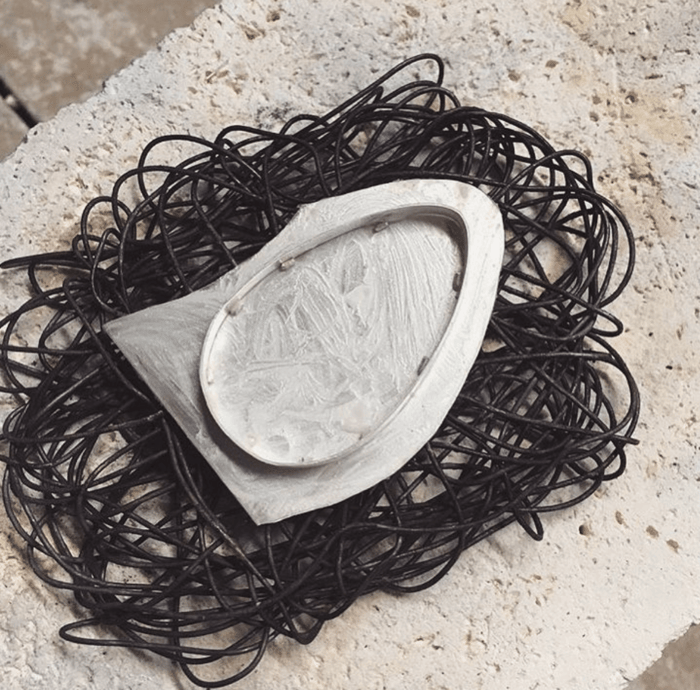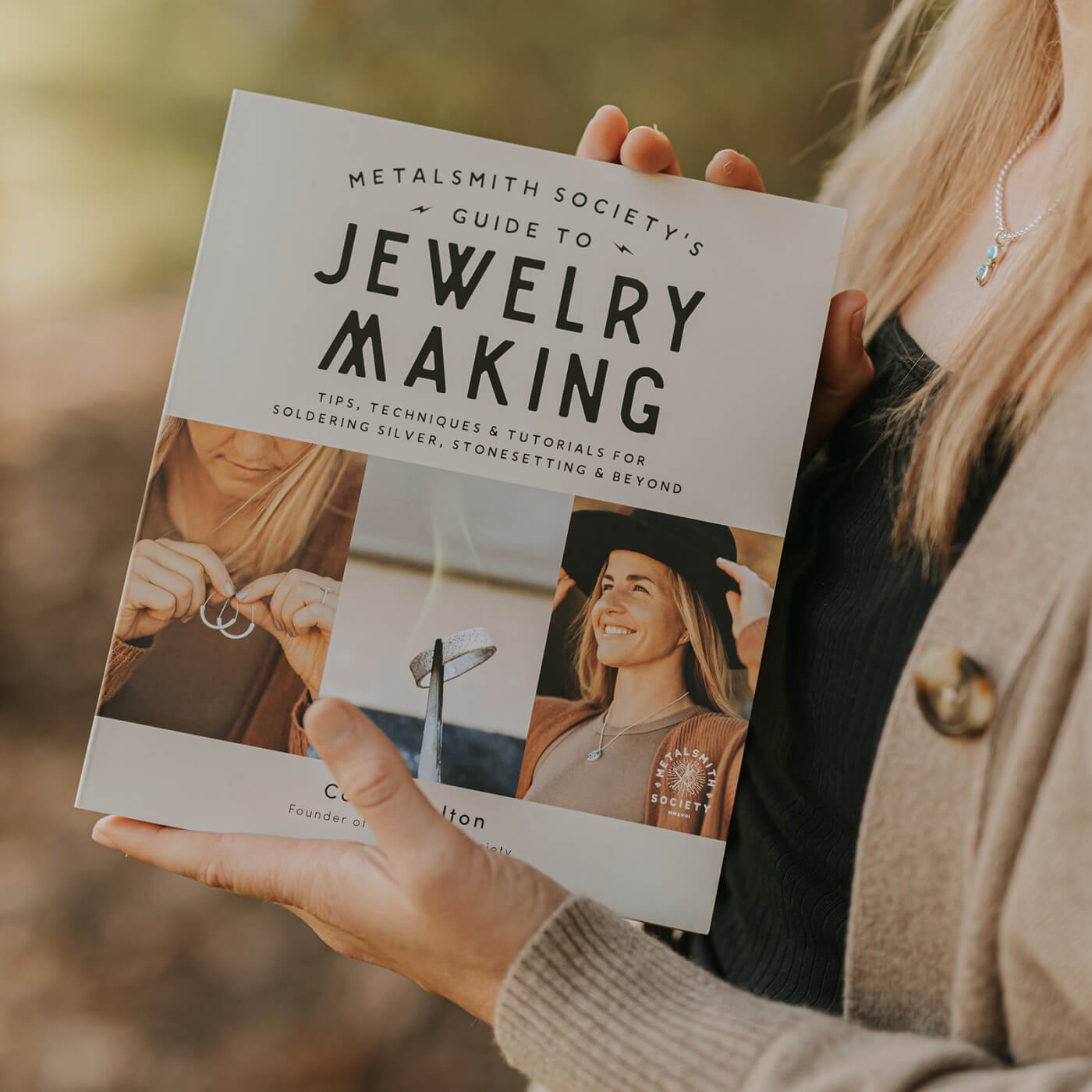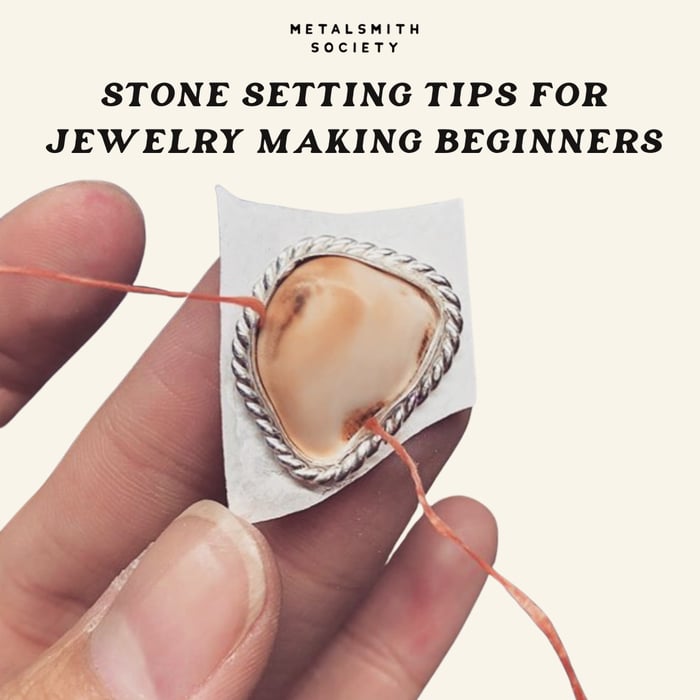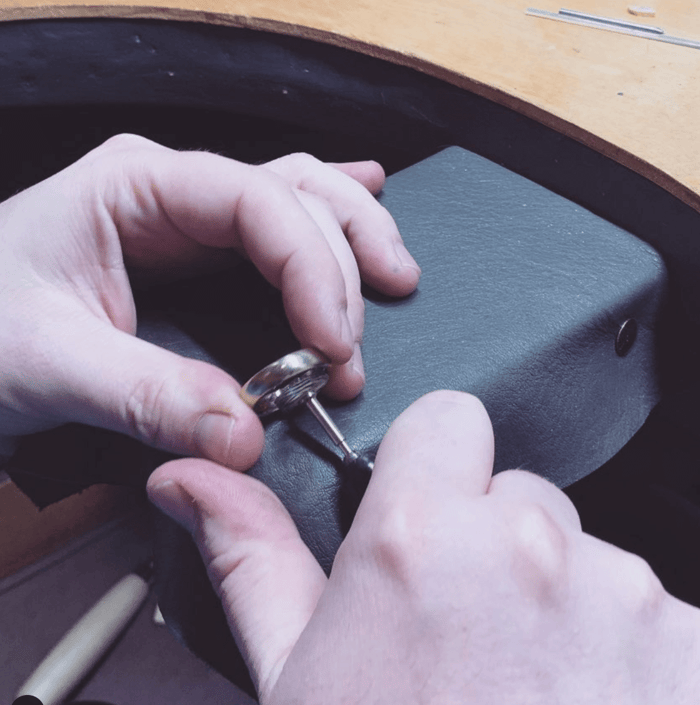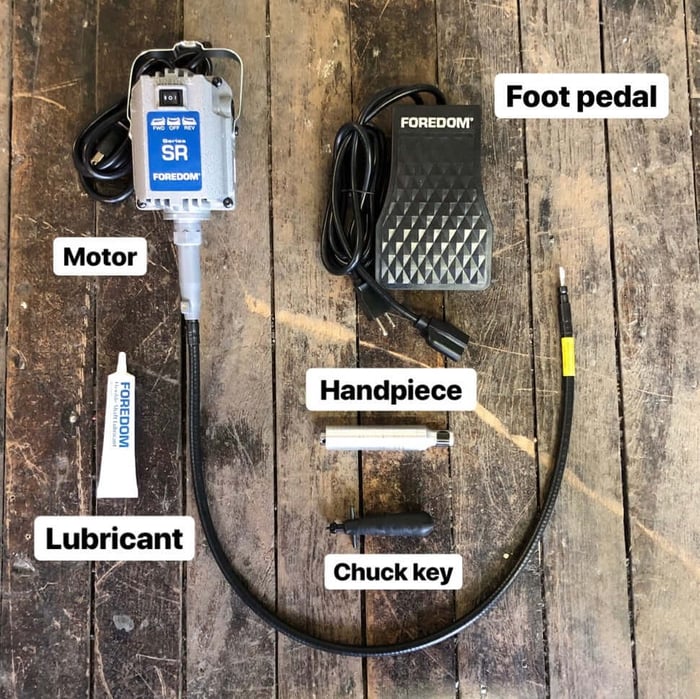Here is a tip for holding your cross-locking tweezers with binder clips from @marionwild
SOLDERING NEST FROM @mothersonthemountainjewelry
SOLDERING A JUMPRING TO A CHAIN WITH SCRAP METAL AS A HEAT SINK FROM @Becca.compton
PAPERCLIP TWEEZERS FOR SOLDERING EARRING POSTS FROM
@irenezaerajoyas
USING VARIOUS STEEL ITEMS TO PROVIDE A LITTLE LIFT WHILE SOLDERING FROM @amyy50
TECHNIQUE FOR KEEPING DECORATIVE WIRE IN PLACE DURING SOLDERING FROM @thesovereigncrow
USING WOLF CLAY AS A SOLDERING PROP TO POSITION PIECES AND AS A HEAT PROTECT
SOLDERING FINE CHAIN TO A JUMPRING (WITHOUT MELTING) FROM @thebenchmarkcollection
USING LINES ON YOUR SOLDERING BOARD TO ENSURE ALIGNMENT FROM @pyrus_designs
POSITIONING A JUMPRING OR BAIL FOR SOLDERING FROM
@umyajewelry
USING A WOODEN DAPPING BLOCK FILLED WITH WATER TO PROTECT A STONE WHILE SOLDERING A REPAIR FROM @sarah.jackson.jewellery
USING COPPER PENNIES (PRIOR TO 1982) TO LIFT ELEMENTS WHILE SOLDERING FROM @kkbmetalstudio
PREVENTING SOLDER FLOW WITH RONDA CORYELL'S MASKING MUD FROM @knotandsplice
SECURING ITEMS WHILE SOLDERING FROM @auldmoon
USING A SPLIT MANDREL TO SOLDER A SPLITSHANK EVENLY FROM @meritmade
USING VIGOR HEAT SHIELD TO PROTECT CLASPS WHILE SOLDERING CHAIN
USING GRAPHITE PENCIL LEADS INSIDE A HINGE WHILE SOLDERING FROM @elmharris
MAKING BALLS IN A CHARCOAL BRICK FROM
@studiojulessilversmith
USING A PIECE OF FIREBRICK AND CHIL GEL TO PROTECT A STONE WHILE SOLDERING FROM @andreabjewelry
USING GLASS BEADS TO POSITION HINGES DURING SOLDERING FROM @sophiabrand
CREATING A PRONG HOLDER FOR SOLDERING FROM
@mirieldesign
WHEN MELTING BALLS, ANGLE YOUR BRICK AND LET THEM DROP INTO WATER FROM @sinead_cleary_jewelry
USING CLAY AS AN ANTI-FLOW FROM @lindablumelstudio
USING A SMALL HONEYSOMB WITH PINS FOR POSITIONING WORK FROM @shinynotions
USING A POTATO AS A HEAT PROTECTANT FROM @makeitkimtoday
USING A TRIVET TO SOLDER BEZELS AND HEAT FROM BELOW
USING YOUR TWEEZERS AS A HEAT SINK WHILE SOLDERING A CHAIN FROM @lumenrosejewelry
PENCIL TO PREVENT SOLDER FLOW FROM @nrjewellerydesign
USING BROKEN HONEYCOMB BOARD TO POSITION A PIECE FOR SOLDERING FROM @brackendesigns
DIFFERENT OPTIONS FOR SOLDERING SURFACES
I hope you have found these tips incredibly useful. If you are looking for more tips be sure to check out my book, Metalsmith Society's guide To Jewelry Making. You can purchase a signed copy from the Society Shop where you can also find some awesome merch!
Another way to support Metalsmith Society is by becoming a Patreon. Patreon membership comes with tons of perks and support is just a few dollars a month!

